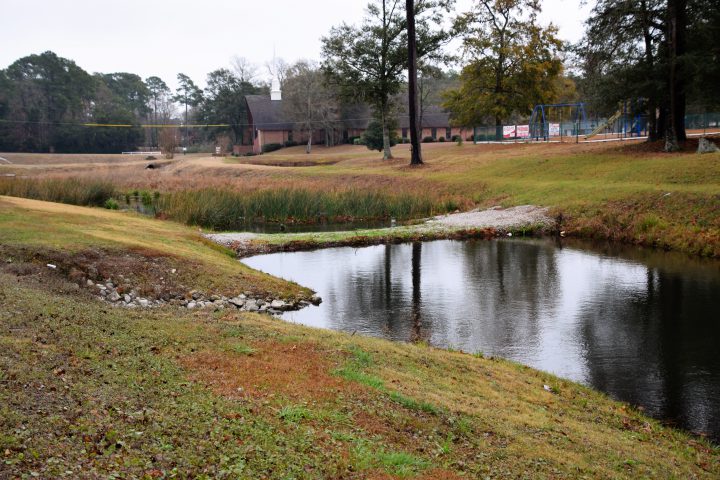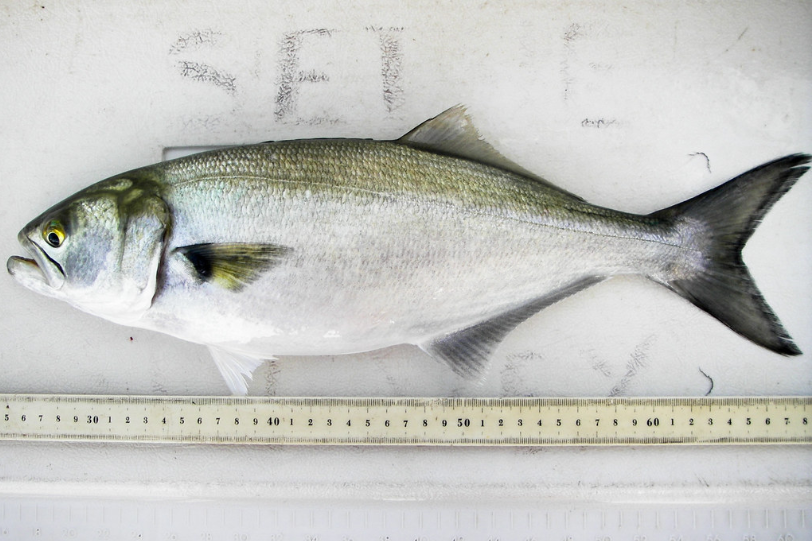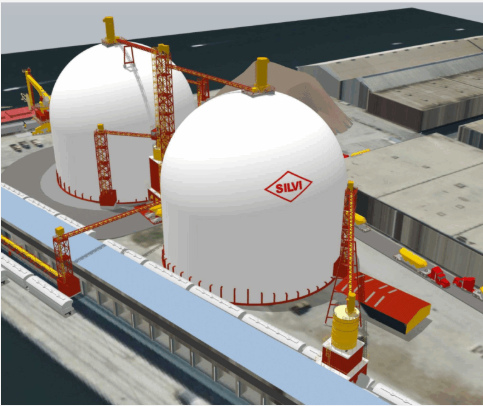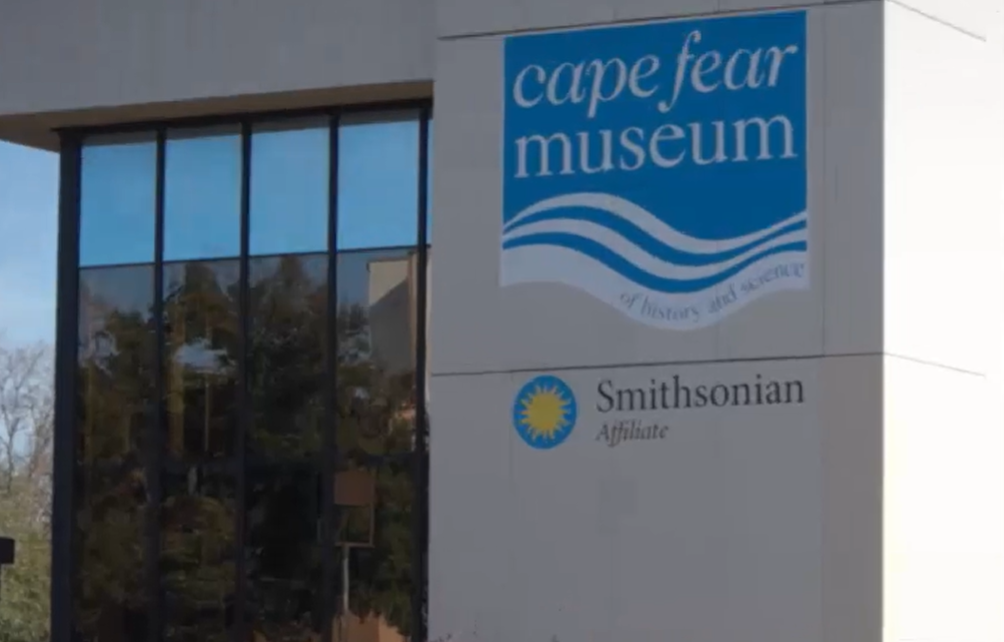
State and local governments, councils of government, state agencies, nonprofit organizations and institutions, including academic institutions and others can begin applying for watershed restoration grants.
The state Department of Environmental Quality’s Division of Water Resources announced Tuesday that it is accepting proposals for the $1.3 million expected this summer from the U.S. Environmental Protection Agency to fund projects under Section 319 (h) of the Clean Water Act during the 2020 grant cycle.
Supporter Spotlight
The money can be used for stormwater and agricultural best management practices and restoration of impaired streams.
Applicants who submit a draft application by March 15 can obtain a preliminary review and feedback from division staff. All applications must be submitted electronically and received by midnight May 4. The grant application and guidelines are on the division’s website. Grant fund recipients will be announced on July 1.
The grant projects must be used to help restore waterways currently impaired by nonpoint source pollution in areas with approved watershed restoration plans.
Nonpoint source pollution is water that collects pollutants after coming in contact with rooftops, roads, farm fields and other surfaces. The pollution is carried through groundwater and surface flow to lakes, rivers and estuaries, according to the state Department of Environmental Quality.
When evaluating the project proposals, the EPA and Division of Water Resources look for projects that can achieve measurable results, so projects should be sited as close as possible to the impaired waterway to best target identified sources of nonpoint source pollution, according to Division of Coastal Resources. Additionally, proposals involving on-the-ground implementation must provide documentation assuring sustainable operation and maintenance measures for at least five years.
Supporter Spotlight
For information, contact Rishi Bastakoti, 319 grant administrator, at rishi.bastakoti@ncdenr.gov. The 319 grant program has awarded more than $51 million since it began in 1992. See more information about past projects on the program’s website.







